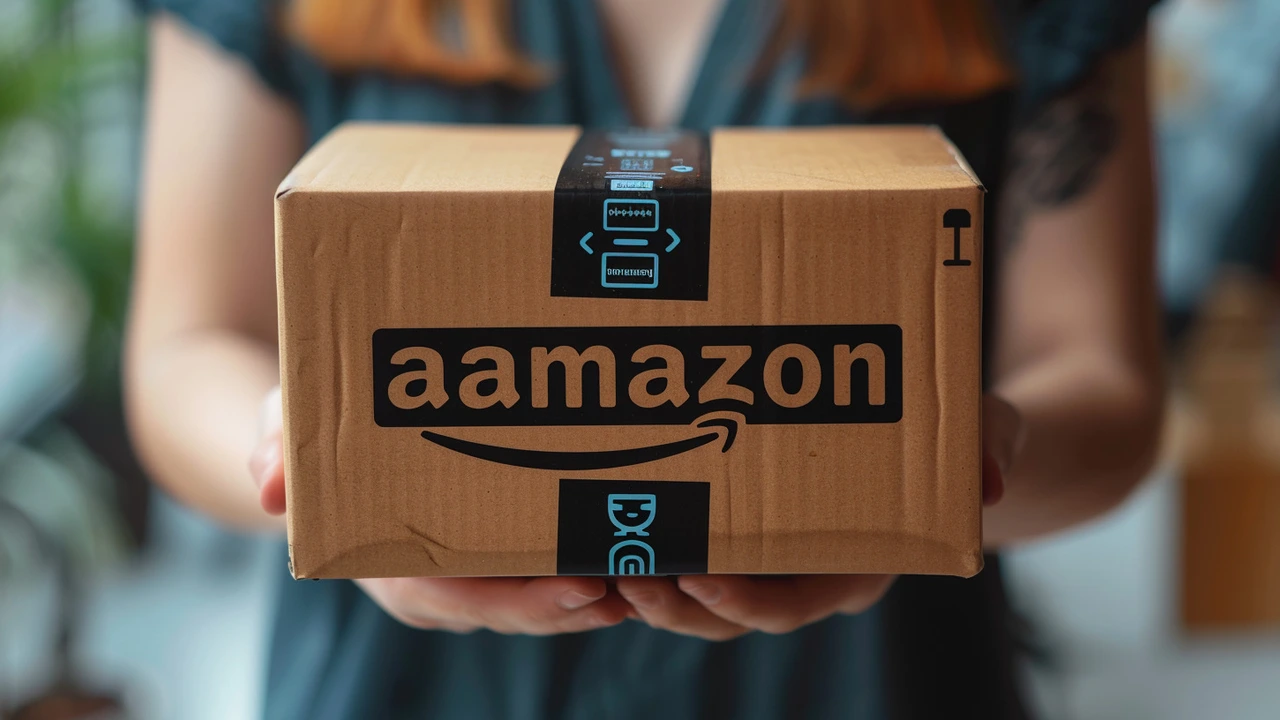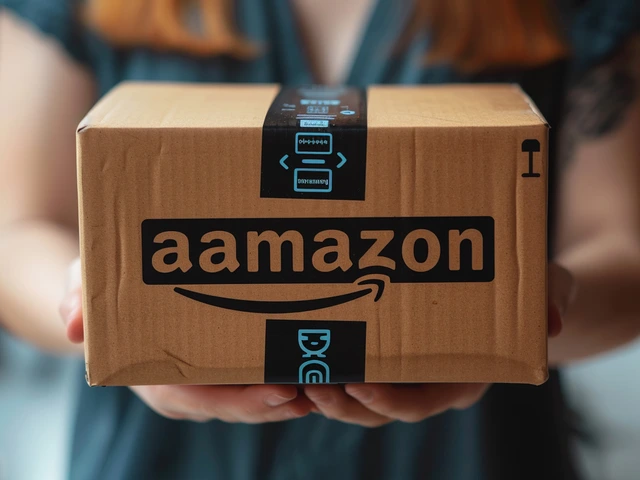Amazon Enters South Africa's E-Commerce Scene
Amazon, the global e-commerce titan, has recently made its official entry into the South African market. This launch has been marked by a significant elaboration on competitive pricing and the introduction of attractive incentives such as free delivery vouchers and a specials tab designed to offer added discounts. However, the absence of Amazon's proprietary hardware such as Kindle e-readers, Fire TV, Ring video doorbells, and Alexa-enabled smart speakers has left a noticeable gap in its South African portfolio.
Unlike its established presence in many countries where Amazon blends its retail prowess with an array of digital services and exclusive electronic products, the scenario in South Africa stands notably different. Presently, South African consumers will not have access to popular services such as Amazon Music and Amazon Prime. This situation presents a stark contrast to local e-commerce platforms like Takealot, which lists a variety of Amazon products and even features digital services available for the local market.
One of the initial perks that Amazon is offering to attract consumers is free delivery on the first order without a minimum spend requirement, a move evidently designed to capture market share swiftly. Following this initial offer, delivery charges will be waived only for orders exceeding R500. The similarity in Amazon's and Takealot's returns policies could also be a strategy to familiarize local consumers with Amazon's process while minimizing resistance to the new market entrant.
Strategic Partnerships and Consumer Adaptation in South Africa
For its logistics operations, Amazon has opted for partnerships with local service providers. This regional strategy includes offering several pickup points across the country, potentially easing the transition for customers used to different e-commerce operations. These localized delivery solutions also emphasize Amazon's attempt to tailor its services to meet specific market needs, a significant move to engrain itself into the South African e-commerce landscape.
Yet, the exclusion of Amazon-branded products raises questions. The strategic reasoning behind not introducing popular gadgets and electronics remains unexplained as company officials have not yet responded to queries regarding this apparent omission. Potential factors could include logistical challenges, local regulatory frameworks, or a phased plan that involves gradually introducing these products based on market response.
Comparative Analysis: Amazon vs. Takealot
When comparing the new service offerings of Amazon with those of Takealot, there are evident similarities and differences. Both platforms offer a broad range of products, yet Takealot maintains a more extensive list at this early stage of Amazon's entry. The competitive edge for Amazon might not just hinge on product variety but on streamlining and possibly innovating the customer experience.
This aspect of customer experience could be crucial because, despite the absence of Amazon's digital services and gadgets, the foundational e-commerce service components—like competitive pricing, initial free delivery, and customer service policies—are aligned closely with Takealot's. This alignment suggests that Amazon is aware of the local market's dynamics and consumer expectations, which could play to their advantage despite the current limitations.
Future Prospects and Market Dynamics
Looking ahead, the trajectory for Amazon in South Africa could involve a nuanced balancing act of introducing localized services that resonate with consumer preferences while strategically deciding the right time to introduce its proprietary products and digital solutions. The market's response to Amazon's current setup will likely influence these future decisions. Monitoring competitive reactions, consumer feedback, and operational challenges will be essential for Amazon as it navigates this new and competitive landscape.
In conclusion, Amazon's launch in South Africa is a major development in the e-commerce sector. While it currently lacks the integrated digital ecosystem it offers elsewhere, its competitive strategies and local partnerships could pave the way for a unique market adaptation. How this will impact the local e-commerce market and consumer choices remains to be seen, setting the stage for an intriguing watch.


